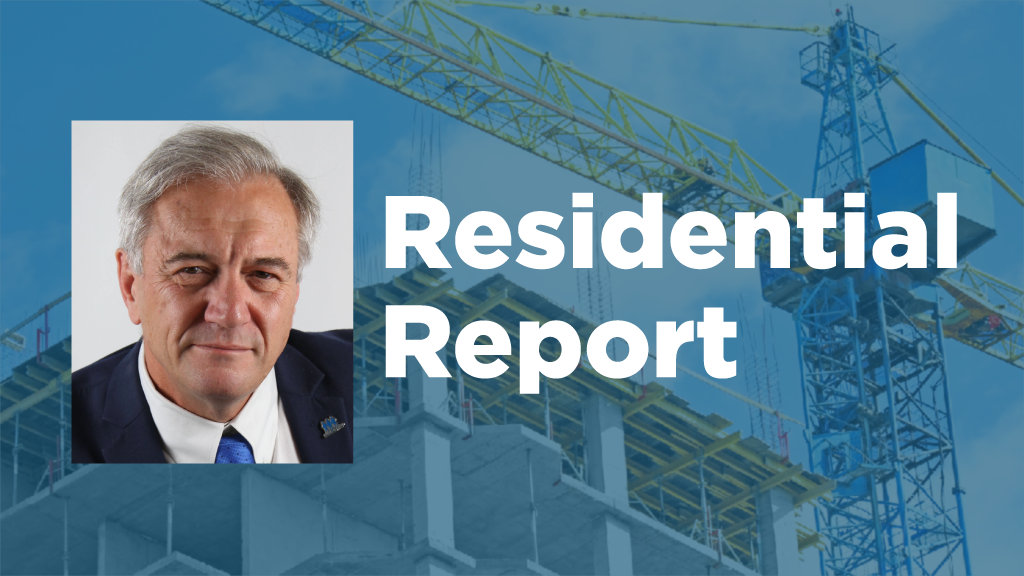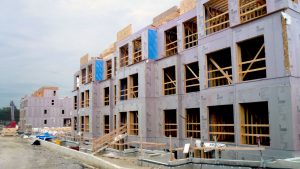When it comes to the housing supply and affordability crisis, I feel like we are hopelessly witnessing a slow-moving train wreck.
The situation, in many respects, appears to have gone off the rails.
We have multiple conductors, a disjointed approach to the problem and no agreed upon schedule. Meanwhile, prices remain high and red tape and bureaucracy continue to gum up approvals.
While the residential construction industry struggles to convince bureaucrats to take action to fix the problem, no one sees the approaching bridge is out.
The simple truth is that people won’t buy what they can’t afford, and builders won’t build what people can’t buy.
There is no way that incomes can rise fast enough to catch up with house prices — and the additional price tag of exorbitant taxes, fees and levies on new housing.
The good news is the situation can be fixed. But it will certainly take a serious come-to-something moment. Sadly, I am not sure that we are systemically capable of that level of clarity.
The standalone monthly seasonally adjusted annual rate of housing starts across Canada saw a 10-per-cent decrease from June to July, dropping to 254,966 units. This decline was particularly pronounced in urban areas with multi-unit starts seeing a 12-per-cent decrease.
The condo market has been particularly hard hit. In Toronto, a report from Urbanation and CIBC Economics shows the condo market is deteriorating to levels not seen since the 1990s recession.
Although there is presently an ample supply of condos on the market, the situation will be short-lived as interest rates decline. The percentage of preconstruction condos that are pre-sold is at a 20-year low. In the years to come, this will lead to a dramatic shortage in the condo market.
To keep up with population growth, the city needs 30,000 to 40,000 condo units a year. But latest figures show only 23,900 condos and purpose-built rental projects are expected to be completed in the Greater Toronto and Hamilton Area in 2027. That’s a 10,000-unit decline from 2024.
Ontario’s population grew by 200,000 in the last six months, but we had only 37,425 housing starts in the first half of this year. That’s a reduction of 6,577 units from the same period in 2023.
So, we are on the wrong track.
Red tape and bureaucracy are also slowing down the approvals process and adding unnecessary costs to new homes.
A report provided to the City of Toronto recently indicated timelines are growing longer, despite the fact there are fewer development applications being submitted by developers and the municipality has increased its planning staff complement by at least 150 people.
Equally galling, though, is the level of taxes, fees and levies that are imposed on new housing. They now account for a jaw-dropping 31 per cent of the cost of a new home and have grown exponentially in the last 20 years. It’s an exhaustive list.
We have municipal, provincial and federal taxes, warranty fees, municipal fees, development charges, density payments and permit fees.
CMHC figures we have up to 10 different government charges on new development. Toronto has the highest average government charge in Canada, across all dwelling types, at $86 per square foot.
RESCON has repeatedly raised concerns about the add-ons. Given the desperate need for housing, the level of taxation on new homes is unjustifiable and, quite frankly, obscene. The situation is now more critical than ever as first-time homebuyers are priced out of the market.
As pointed out by Marlon Bray, executive vice-president at Clark Construction Management, the physical cost of building a home accounts for less than half the outlay. The cost of land, taxes and fees are a massive component, with some 50 per cent often being government-led.
This situation didn’t happen overnight. There’s plenty of blame to go around. Low interest rates masked many of the issues, but the cause has been a massive failure in growth management planning.
The result?
We have the second largest land mass in the world and the biggest housing crisis in the developed world. Not good metrics.
Fixing the situation will require an all-hands-on-deck approach by all three levels of government. We must find ways to build more housing, speed up the approvals process, and lower the cost of building by reducing housing taxes, fees and levies as they are killing the residential construction market.
There is no time for dithering. Governments must be part of the solution and not the problem.
Richard Lyall is president of the Residential Construction Council of Ontario. He has represented the building industry in Ontario since 1991. Contact him at media@rescon.com.










Recent Comments
comments for this post are closed